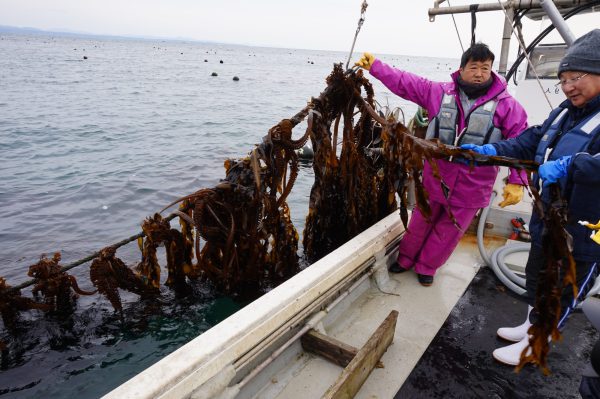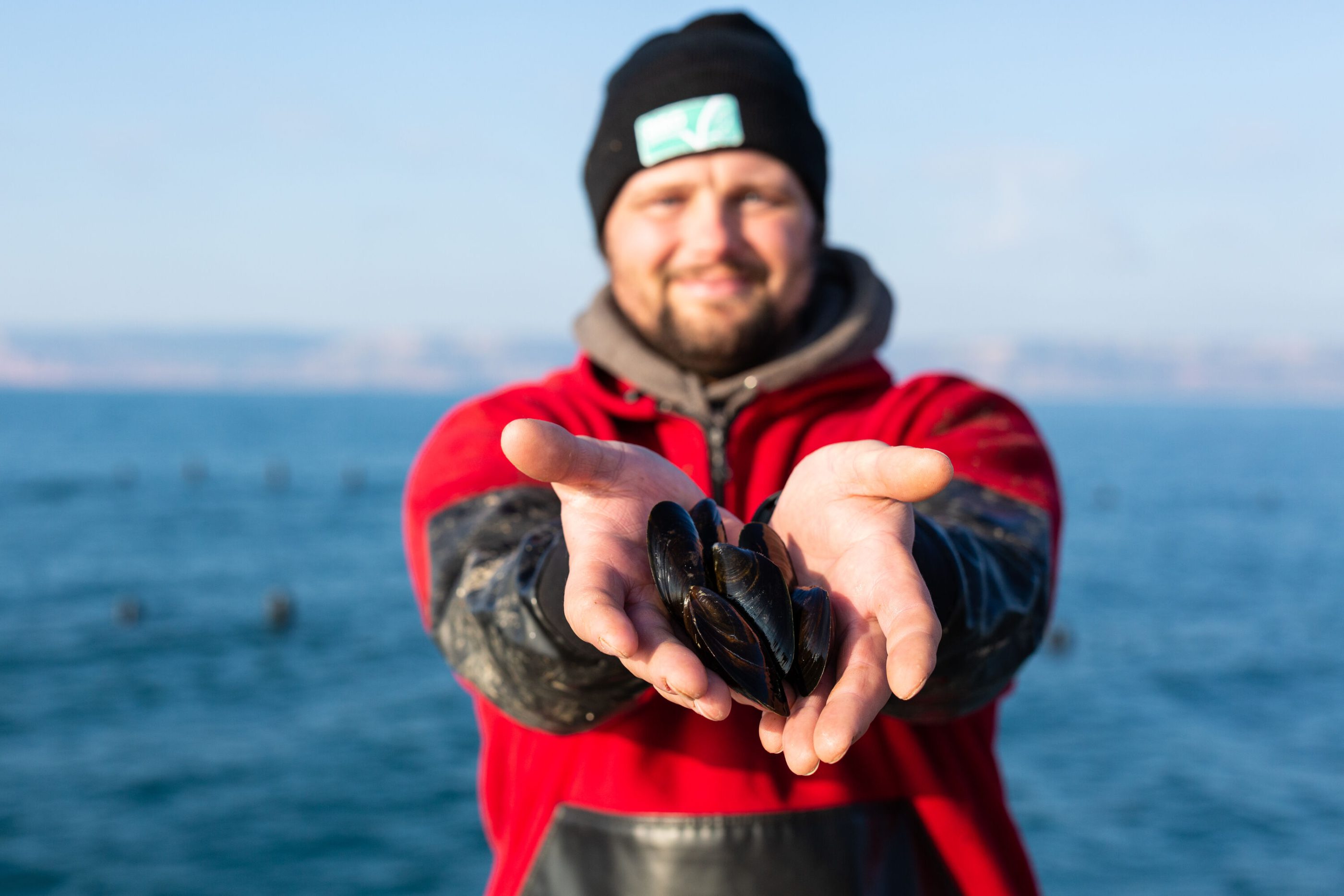
Aquaculture – a practice with an ancient past
January 8, 2019
Aquaculture is sometimes referred to as a young industry – and while it’s true that as an industry it has really started to expand in the last three decades, the practice of farming fish has been around a lot longer than you might think – possibly even eight thousand years.
Written by Jack Cutforth
If you don’t believe that, well that’s understandable – I was surprised too, and to be fair it’s not possible to know for certain what was going on 8,000 years ago. If only there had been a transparent certification scheme back then to record the activities of these early fish farmers, but regrettably this pre-dates written language – which would have made producing standards and audit reports challenging, to say the least.
But more on that later. The reason I found this out is because I learned about a more recent and verifiable – but still ancient – example of aquaculture. The Alekoko Fishpond in Hawaii was built at least 1,000 years ago and incredibly is still standing today. Large stones were used to create a 900 feet long dam to trap fish and feed local royalty.

The Menehune or Alekoke Fishpond in Hawaii
It was surprising to see such an old fish farm, but would I have been as surprised to see similarly old remains of a cattle farm, or a fishing boat? It made me wonder how many other people knew just how long humans have been farming fish.
Back to the fish farming that is – potentially – eight thousand years old. The remains were found in the Budj Bim Cultural Landscape near Melbourne in Australia, and they suggest evidence that the Aboriginal community that crafted them, the Gunditjmara, was settled rather than following the nomadic lifestyle often associated with Aboriginal culture. The remains of excavated channels were found that were used to maintain access to baby eels that migrated from the sea. Some of the traps correspond to water levels about 8,000 years ago, and their incredible age was further confirmed by radiocarbon dating of charcoal fragments that are at least 6,600 years old.
At some point about 4,000 years ago it seems that carp were being farmed in China. As you’d expect, farming developed gradually, with these early aquaculturists taking advantage of the fact that some carp would become caught in lakes when river floodwaters subsided. Spotting an opportunity, they fed the carp and bred them, providing themselves with a reliable source of healthy protein. Incidentally, if you’ve got a pet goldfish at home, he or she has a long and illustrious pedigree – today’s goldfish are descended from these early farmed carp, selectively bred for their colour. In fact, they were so highly valued that during the Song Dynasty only the royal family were permitted to keep yellow goldfish. So you might have a bit of royalty swimming around in your fish tank.

Goldfish have been bred (farmed) in China for thousands of years
Other evidence suggests that the Egyptians were also trading farmed fish such as bream about 3,500 years ago. And after that the Romans got in on the act, adding a touch of luxury (would you expect anything else from the Ancient Romans?) with farmed oysters in coastal lagoons.
Like agriculture, it seems that aquaculture sprang up independently in many different parts of the world. We’ve already looked at the ancient farm in Hawaii, which is a pond created by damming a river using large stones, and which provided fish for Hawaiian royalty of the time. Seaweed is the latest ASC standard (created jointly with MSC) but the farming of this extremely versatile crop has a long history in Korea and Japan – the earliest methods used bamboo poles for spores to anchor themselves to.

An ASC certified seaweed farm in Japan
It’s simply not possible to give a thorough history of fish farming in one blog post, but I hope I’ve at least highlighted that aquaculture practices have been around for a lot longer than you might think. But was I right to be surprised about this? Is it fair to refer to aquaculture as a young industry? Maybe the answer to those questions is an unsatisfactory “yes and no”. While fish farming has been going on for a long time, it is undeniably true that it wasn’t until the 20th Century, and particularly the last few decades, that it grew into the vital global industry that it is today.
Part of the reason for this rapid and recent growth is an acknowledgment that we can’t meet the world’s rising demand for protein with only traditional agriculture and fisheries. And while it is interesting to look back (well, it is for me and hopefully it has been for you too), what really matters is looking forward, to how we can meet this demand while minimising the environmental and social impacts.
So farmed seafood may be more traditional than you might think – and if you look for the ASC logo it can also help secure a responsible aquaculture industry for the future as well.



